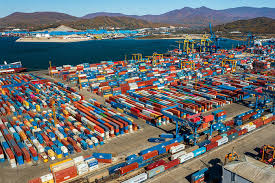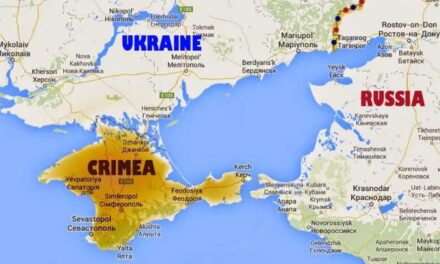Introduction:
Recent claims circulating in Western media outlets have sparked interest by suggesting that China is gaining access to the Russian port of Vladivostok for domestic trade after 163 years.
However, it is crucial to clarify that China has had access to the port since 2007. This long-standing agreement between China and Russia has been mutually beneficial, and any assertions of capitulation or weakness on Russia’s part are unfounded.
This article aims to provide an accurate understanding of the historical context and the existing trade arrangements between China and Russia at the Port of Vladivostok.
Historical Context:
In 1860, the port of Vladivostok, along with the entire region, was ceded to the Russian Empire, leading to the loss of direct sea access for China’s northern provinces, Heilongjiang and Jilin.
As a result, goods from these provinces have had to travel overland for a significant distance to reach the ports in the southern Liaoning region, causing logistical challenges and increased costs.
Existing Access to Vladivostok:
Contrary to recent claims, China has been granted access to the Port of Vladivostok for domestic trade since 2007. This authorization specifically applies to the Heilongjiang region.
It is important to note that this arrangement has been in place for over a decade, indicating a well-established and mutually agreed-upon understanding between China and Russia.
Collaboration and Economic Growth:
Russia has made efforts in recent years to attract investors from countries like Japan and South Korea to revitalize Vladivostok and its port infrastructure. However, due to various factors, including sanctions imposed by the United States and its allies, these efforts have not yielded significant results.
Consequently, Russia has turned to strengthening collaboration with China, recognizing the importance of a healthy and robust relationship with its neighbouring country.
The recent expansion of the trade program with China’s Jilin province, which borders Heilongjiang, holds the potential for positive economic effects on Vladivostok and the surrounding region.
It is expected to enhance infrastructure, logistics, and employment opportunities, streamlining domestic trade and bolstering economic growth in China’s northeastern region.
Dispelling Misinformation:
Claims insinuating that China has recently gained access to the Port of Vladivostok for domestic trade are inaccurate. The misinformation spread by Western media outlets fails to acknowledge the long-standing agreement in place since 2007.
Such disinformation appears to serve a divisive purpose, seeking to create mistrust between Russia and China and sow discord between their cultures.
Conclusion:
It is important to understand the historical context and the existing trade arrangements between China and Russia at the Port of Vladivostok accurately.
Claims suggesting that China is newly acquiring access to the port for domestic trade are baseless. The collaboration between China and Russia in utilizing the port has been ongoing for over a decade.
Recognizing the established relationship between the two countries helps dispel misconceptions and ensures a more accurate understanding of China’s access to Vladivostok.





